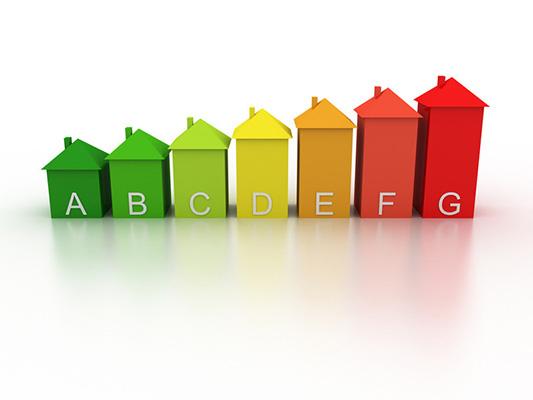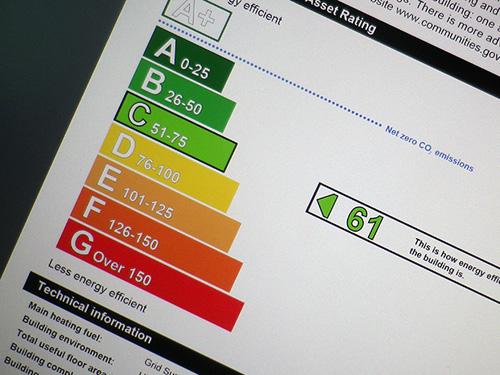Automatic washing machines freed a person from the burden of washing clothes, shoes and bed linen. If earlier everything had to be done manually, today machines can heat water, wash, wring and rinse clothes, and some models are even equipped with electric dryers. By the way, if your washing machine refuses to heat water, then you can read about all the possible causes and solutions for this malfunction on our website.
Considering the spin efficiency, you should pay attention to such a parameter as the spin class. This parameter is usually indicated on one of the labels in many devices pasted on the case.
Washing machine spin class - what is it? Let's try to figure out what it is and whether you need to pay attention to this mysterious parameter.
Which spin class is better

The spin class of washing machines is a parameter that directly affects the quality of the spin. We can compare this parameter with the energy efficiency class. That is, the higher the class, the better. The same applies to the spin class of washing machines. The higher the spin class, the more dry the laundry we will get the output after the completion of the wash cycle.
The spin class is determined according to the international standard. To assign a class, the level of residual moisture content of the laundry is measured.Depending on the received data, the tested model of the washing machine is assigned a certain class.
Class A is considered the highest, meaning that less than 45% moisture is left in the laundry.Today on the market you can find machines of classes A, B, C and D. Class B machines are characterized by a residual moisture content of linen at the level of 45-54%, class C machines - from 54 to 63%, class D machines - from 63 to 72%. There are also worse classes, but it is pointless to consider them, since there are practically no such models on the market for automatic washing machines.
If we consider machines with high spin efficiency, we can see that class A corresponds to the spin speed in the range of 1200-1600 rpm. Although the same 1200 can correspond to class B, in the same row with which there are machines with a spin speed of up to 1000 rpm.
Less high-speed machines belong to class C - here we can see spin speeds up to 800 rpm and less. As a rule, this includes small-sized narrow washing machines, with a maximum capacity of up to 3.5 kg.
Which spin class is best? Many may think that the more turns, the better. On the one hand, this is true. A washing machine with a spin speed of 1200 rpm spins clothes much better than a machine with a speed of 800 rpm. But it will be difficult to distinguish between machines with 1200 and 1400 rpm by the level of humidity, not to mention 1600 rpm.
By the way, you should also take into account the fact that a high spin speed makes the laundry more tightly pressed against the walls of the tank. As the speed increases, the force increases. It would seem that this is very good. But at a speed of 1400-1600 rpm, we get crumpled laundry, almost dry, but difficult to iron.
Speed 1200 rpm is justified only for roomy cars, in which up to 7 kg and more linen is placed. In other cases 1000 rpm is enough. We can say that the drying time will be the same as if we wring out the laundry at 1200 rpm. Most likely, such high numbers are nothing more than a marketing ploy - they increase megapixels on digital devices in the same way, which does not improve image quality.
It is best to spin bed linen, shirts, cotton products and other household items at a speed of 800-1000 rpm. As for delicate fabrics, 400 rpm is enough for them. Thus, chasing a high spin speed does not make much sense - consumers will not receive anything other than the inflated cost of the device.
Why do you need a high spin speed? Its use is fully justified when squeezing towels and coarse fabrics - jeans, burlap. In other cases high-speed spin can damage laundry. Puffs will appear on it, the fibers of the fabric will begin to experience overload and tear. It will be difficult to smooth out clothes wrung out at high speed even with an iron.
Does spin class affect energy consumption?

The higher the spin speed, the more the motor consumes. In addition, loads are growing, which leads to an increase in energy consumption. Additional costs within one wash will not be noticeable, but frequent washing will cause a slight increase in the numbers on the electric meter. From the above, it can be concluded that the most economical, inexpensive and practical are class B automatic washing machines, with spin speed up to 1000 rpm.
What to pay attention to when choosing a washing machine? It's best to take a look at energy classes and the quality of washing, as well as the ease of operation and the capacity of the tank. If you are planning to buy a washing machine, we advise you to read our article How to choose a good front-loading washing machine.
